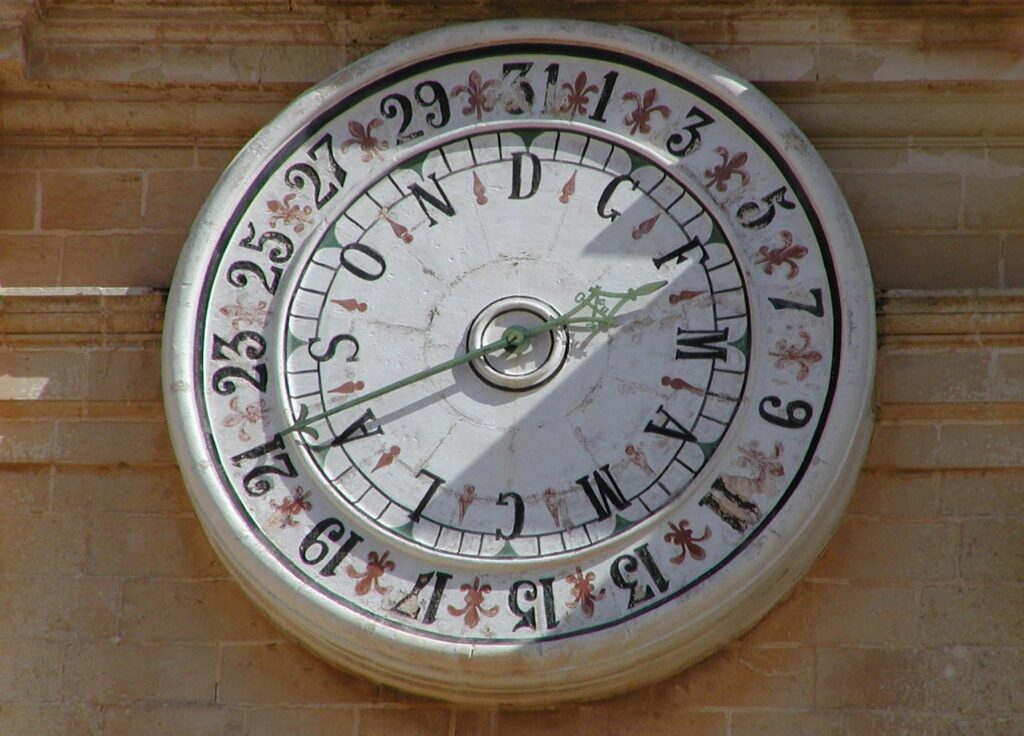When designing a curriculum one of the questions appearing is if the learning will allow for a linear learning experience or not.
The challenge is more one of showing how the learning is linear when the field doesn’t allow to design a linear learning experience.
In everyday life, learning happens in bursts, in aha moments. Sometimes they even make us feel stupid as it shows us that we’ve been using doing something for years without knowing why or that there is another way to it.
In focused learning, these aha moments will also happen once we’ve been able to understand the patterns involved in the learning. They are established by highlighting different facets of our subject or by showing different ways to address it. In such a process the aha moments are unpredictable, they just appear when the dots connect.
It can be assisted by seeking to connect the dots. But that can be a slightly frightening exercise. As learning then happens through letting go of the existing feeling of knowing and entering a space of not knowing. It’s a passage that can reshuffle our understanding in deeper ways than we might be able to accept. This is even more so when it feels like letting go of “everything” we have known until then.
The Flat Earth theory is a beautiful example of how difficult it can be to take the learning in and let go of existing ideas.
The flat Earth model is an archaic conception of the earth as a plane or disk. It has since evolved to seeing Earth as a sphere. It took until the 6th century BC (Pythagoras) or 3rd century BC (Aristotle) to have prominent philosophers share the idea and bring evidence that the world might be a sphere. Since then we have seen a huge evolution of science proving these ideas and establishing new fields of research based on them. And yet, for some, there is not enough evidence. The International Flat Earth Research Society (IFERS) has been set up as recently as 1956.
Linear learning eases the tension between letting go and integrating. Instead of letting learning emerge, it strives to build learning.
The art lies in building bridges between both by helping to see how the new knowledge builds on the existing knowledge. By allowing to stay connected to one’s worldview and see how to reshape it. By using existing references to create a new understanding.

